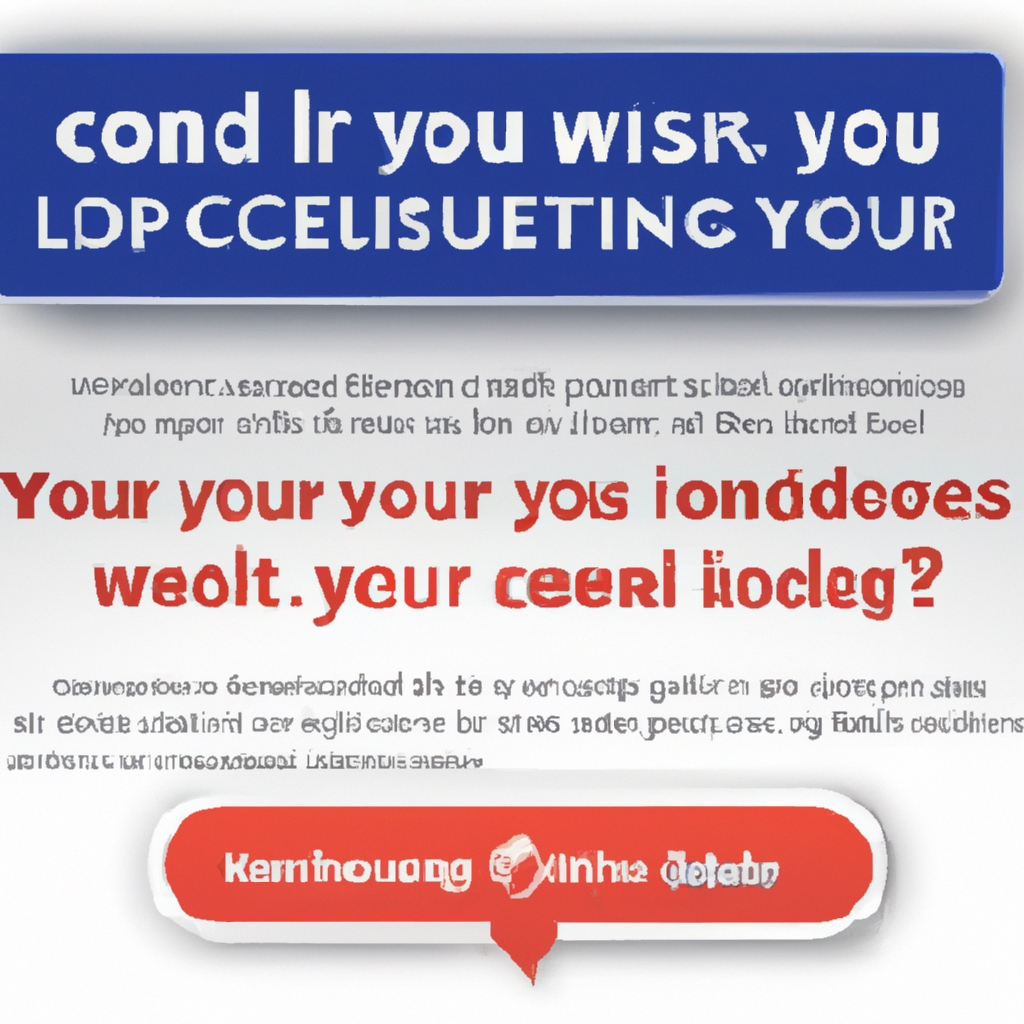Are your CTAs falling flat and failing to inspire action? Look no further! In this article, you will discover seven powerful strategies for crafting compelling CTAs that will not only capture your audience’s attention but also motivate them to take decisive action. With these proven techniques, you’ll be able to transform lackluster calls-to-action into persuasive tools that drive results and propel your business forward. Say goodbye to ineffective CTAs and hello to increased engagement and conversions. It’s time to supercharge your call-to-action game!

Ensure clarity and conciseness
When it comes to crafting effective CTAs, clarity and conciseness are key. You want your CTA to be simple and straightforward, so your audience knows exactly what action you want them to take. Avoid using jargon or technical terms that might confuse or alienate your readers. Instead, use clear and concise language that anyone can understand.
Use action verbs
To create a sense of urgency and encourage immediate action, it’s important to use strong and actionable verbs in your CTAs. Verbs like “buy,” “download,” “sign up,” and “join” convey a clear message and motivate your audience to take the next step. By using action verbs, you can create a sense of action and urgency that compels your readers to act now.
Create a sense of urgency
One of the most effective ways to drive action with your CTAs is to create a sense of urgency. By using time-limited offers or highlighting limited availability, you can create a sense of FOMO (fear of missing out) that motivates your audience to take action before it’s too late. Incorporating scarcity techniques, such as limited quantities or exclusive access, can further enhance this sense of urgency and encourage immediate action.
Provide a solution or benefit
When crafting a CTA, it’s important to highlight the value proposition and clearly communicate how your offer solves a problem or provides a benefit to your audience. By focusing on the benefits and showcasing how your product or service can improve their lives, you can motivate your audience to click on your CTA and take advantage of the opportunity you’re presenting them.

Personalize the CTA
Addressing the reader directly and using personalized language is a powerful way to make your CTA more compelling. By tailoring the CTA to match the audience and using language that resonates with them, you can create a stronger connection and increase the likelihood of them taking action. Personalizing the CTA also helps to make it feel more relevant and tailored specifically to the individual, making them more likely to engage with it.
Use strong and persuasive language
To make your CTA truly compelling, it’s important to use strong and persuasive language. Power words and persuasive phrases can help create a sense of excitement and urgency that motivates your audience to take action. Words like “exclusive,” “limited time,” and “instant access” invoke a sense of exclusivity and intrigue, while phrases like “get started now” and “don’t miss out” create a sense of urgency and encourage immediate action.
Make it visually appealing
In addition to the text itself, it’s important to make your CTA visually appealing. By using attention-grabbing design elements, such as bold colors, eye-catching fonts, and compelling visuals, you can capture your audience’s attention and draw them in. Incorporating color psychology can also be effective, as different colors evoke different emotions and can influence how your audience perceives and engages with your CTA. Additionally, utilizing whitespace effectively can help make your CTA feel clean and uncluttered, making it more visually appealing and easier to read.
Place it strategically
The placement of your CTA is crucial to its effectiveness. Positioning it above the fold, meaning it is visible without having to scroll, ensures that your audience sees it immediately upon landing on your page. This increases the chances of them engaging with it before they have a chance to navigate away. Additionally, be sure to place your CTA where it makes sense within the context of your content. If you’re offering a free ebook, for example, place the CTA at the end of a blog post that discusses a related topic. Utilizing exit-intent pop-ups can also be effective, as they capture your audience’s attention when they are about to leave your website and offer them an additional opportunity to take action.
Use A/B testing
A/B testing is a critical tool in optimizing the effectiveness of your CTAs. By testing different variations of your CTA, such as different colors, wording, or placement, you can gather data on which version performs better in terms of conversions. This allows you to make data-driven decisions and continuously improve your CTAs over time. Regularly analyzing and optimizing your CTAs based on the results of A/B testing ensures that they remain effective and continue to drive action.
Analyze and optimize
Tracking the performance of your CTAs is essential to understanding how effective they are in driving action. Analyzing conversion rates, click-through rates, and engagement metrics provides valuable insights into which CTAs are working well and which ones may need improvement. By making iterative improvements based on these insights, you can continuously optimize your CTAs for maximum impact. Regularly reviewing and analyzing your CTA performance ensures that you stay informed and can make data-driven decisions to improve your conversion rates and drive action.
In conclusion, creating compelling CTAs that drive action requires careful attention to clarity, conciseness, and the use of strong language. By incorporating a sense of urgency, highlighting the solution or benefit provided, and personalizing the CTA, you can make it more compelling and motivate your audience to take action. Making your CTA visually appealing and strategically placing it in your content increases its chances of being noticed and engaged with. Finally, analyzing and optimizing your CTAs based on data and A/B testing allows you to continuously improve their effectiveness and drive even more action. By implementing these strategies, you can craft compelling CTAs that drive results.











